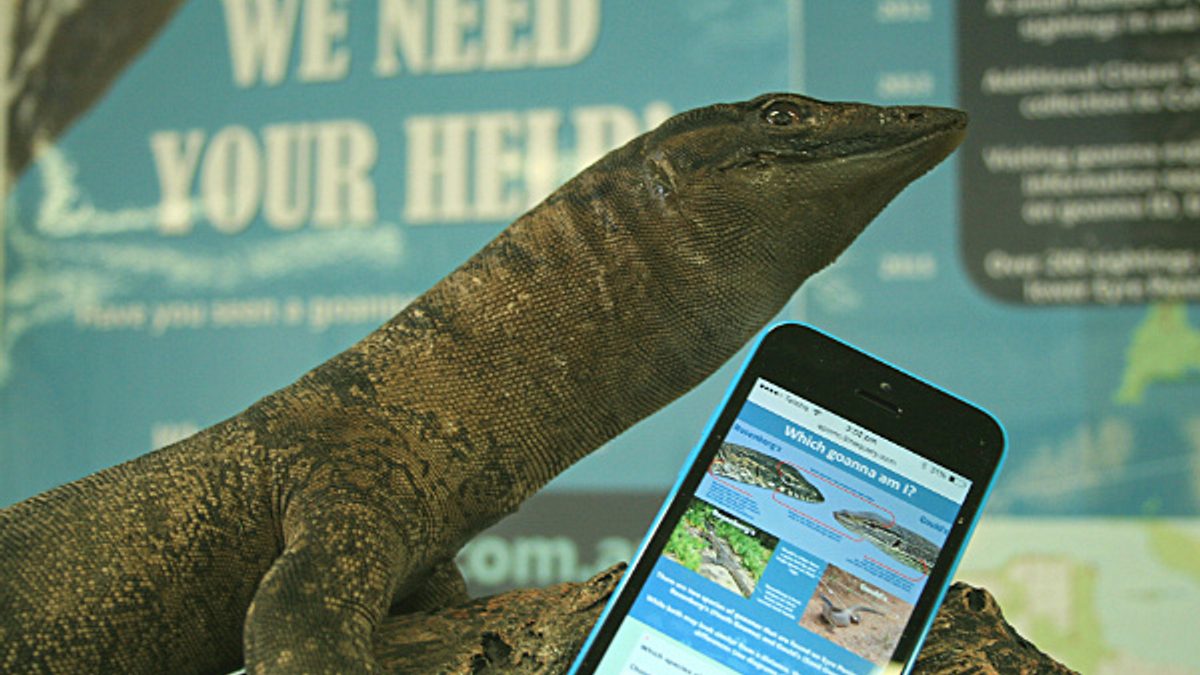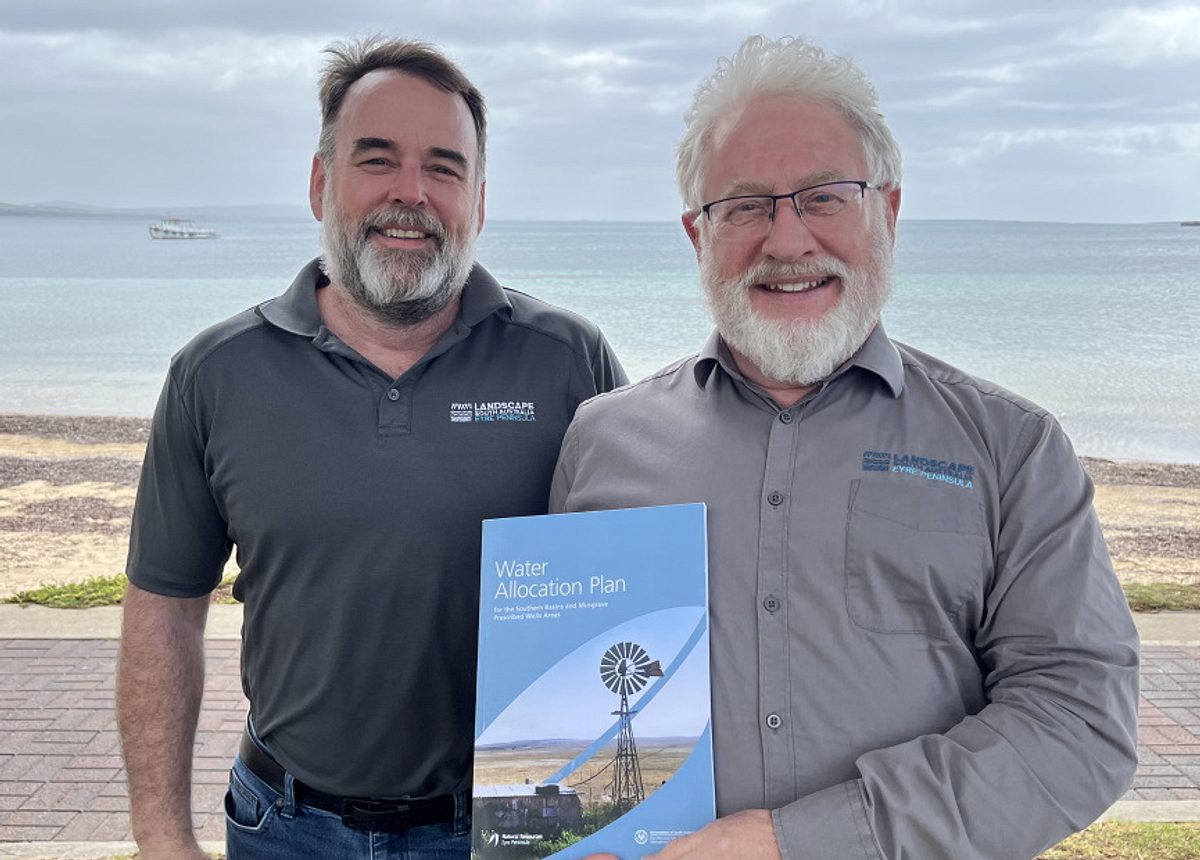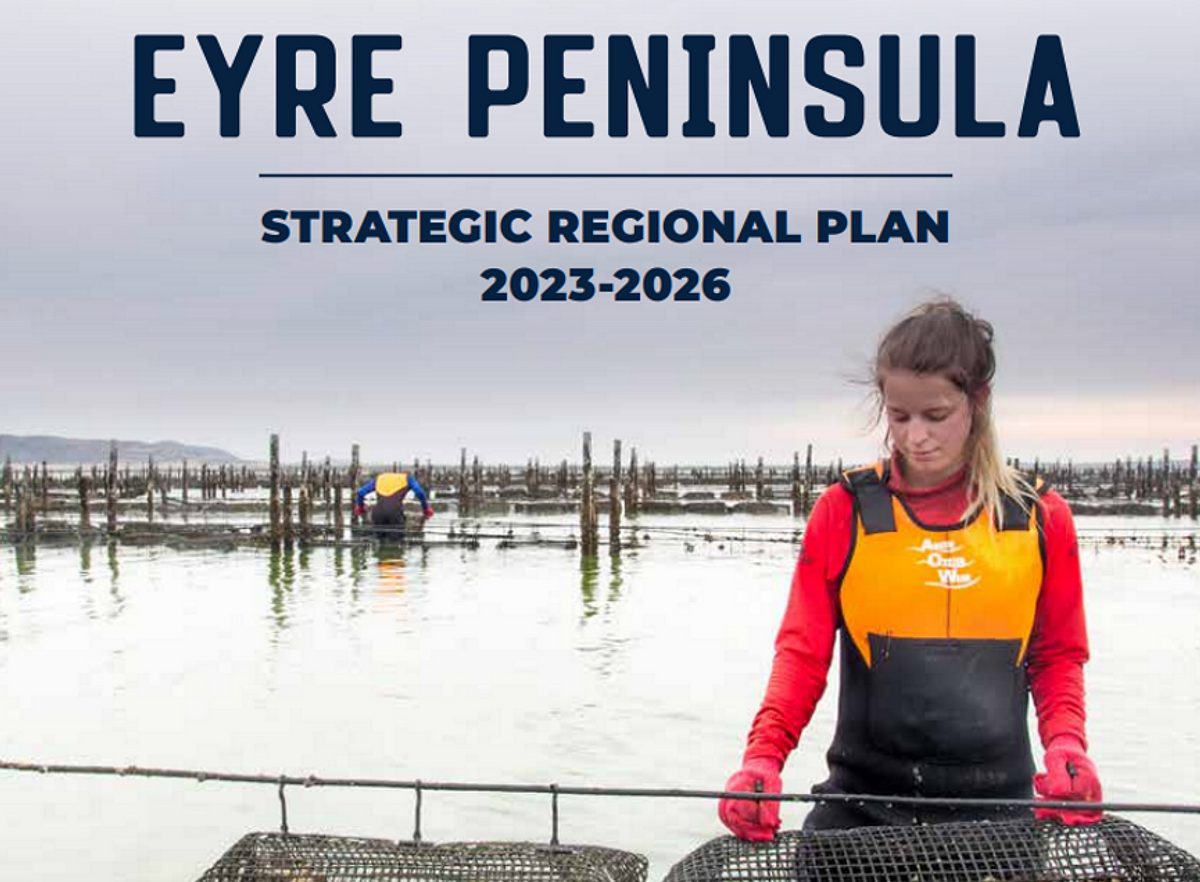Goanna website launched for National Threatened Species Day
Goannas are in the citizen science spotlight with a new website, www.epgoannas.com.au launched on Eyre Peninsula for National Threatened Species Day.
Goannas are in the citizen science spotlight with a new website, www.epgoannas.com.au launched on Eyre Peninsula for National Threatened Species Day.
Eyre Peninsula residents and tourists are being invited to turn their hands, eyes, smart phones and devices to the citizen science website, to report goanna sightings they observe on Lower Eyre Peninsula.
Natural Resources Eyre Peninsula Landscape Biologist, Dr. Greg Kerr said people should become familiar with the southern regions two goanna species and report sightings so more can be done to increase their chances of survival.
“On southern Eyre Peninsula we mainly see two goanna species, Heath Goannas (Varanus rosenbergii) also known as Rosenberg’s Goanna, which are endangered in the region, and Sand Goannas (Varanus gouldii),” Mr Kerr said.
“We hope the epgoannas.com.au website will make it easier to record all kinds of goanna information including their size and location.
“Users will also be able to upload photos and, most importantly, record if the animal was alive or dead, as so often goannas are hit by cars.”
Goannas have been recorded in and around Coffin Bay and Lincoln National Parks by Volunteers since 2009, when people started seeing them more frequently.
“We are interested in gaining a better understanding of their geographical distribution and in particular how widespread the Rosenberg’s are on Lower Eyre Peninsula,” Mr Kerr said.
“We are keen to receive sightings from Wangary and Marble Range, Tulka and Sleaford areas.”
Natural Resources Eyre Peninsula is also interested in any reasonably intact dead goannas that are found outside of National Park boundaries.
These animals should be bagged and either frozen or delivered to the Natural Resources office Level 1, 86 Tasman terrace in Port Lincoln.
Specimens will be sent to the South Australian Museum for further research.



